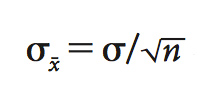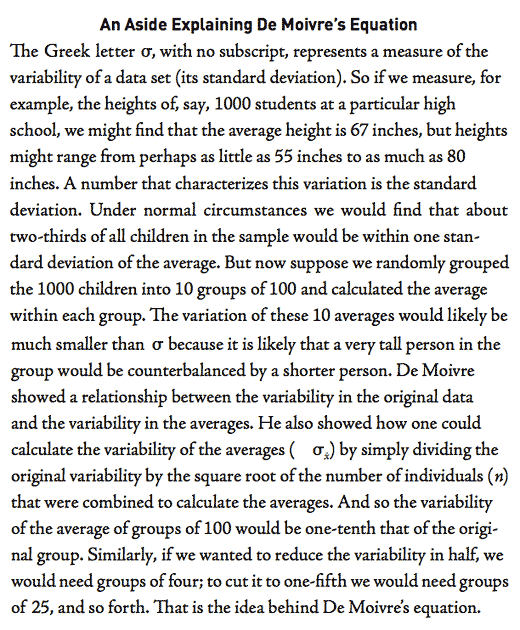John von Neumann (1903 – 1957) was a Hungarian-American mathematician, physicist, computer scientist, engineer and polymath. Von Neumann was generally regarded as the foremost mathematician of his time. He integrated pure and applied sciences.
Von Neumann made major contributions to many fields, including mathematics (foundations of mathematics, functional analysis, ergodic theory, representation theory, operator algebras, geometry, topology, and numerical analysis), physics (quantum mechanics, hydrodynamics, and quantum statistical mechanics), economics (game theory), computing (Von Neumann architecture, linear programming, self-replicating machines, stochastic computing), and statistics. […]
He first proposed a quantum logic in 1932 […] He founded the field of game theory as a mathematical discipline. […] His analysis of the structure of self-replication preceded the discovery of the structure of DNA. […] He made fundamental contributions to mathematical statistics and in the field of fluid dynamics. […] He was a founding figure in computing. […] Beginning in 1949, von Neumann’s design for a self-reproducing computer program is considered the world’s first computer virus, and he is considered to be the theoretical father of computer virology. […] Von Neumann and his appointed assistant on this project, Jule Gregory Charney, wrote the world’s first climate modelling software, and used it to perform the world’s first numerical weather forecasts. […] The first use of the concept of a singularity in the technological context is attributed to von Neumann. […]
Beginning in the late 1930s, von Neumann developed an expertise in explosions—phenomena that are difficult to model mathematically. During this period, von Neumann was the leading authority of the mathematics of shaped charges. This led to his involvement in the Manhattan Project. […] He made his principal contribution to the atomic bomb in the concept and design of the explosive lenses that were needed to compress the plutonium core of the Fat Man weapon that was later dropped on Nagasaki. […] As a Hungarian émigré, concerned that the Soviets would achieve nuclear superiority, he designed and promoted the policy of mutually assured destruction to limit the arms race. […]
Von Neumann was a child prodigy. When he was six years old, he could divide two eight-digit numbers in his head and could converse in Ancient Greek. When the six-year-old von Neumann caught his mother staring aimlessly, he asked her, “What are you calculating?” […]
Nobel Laureate Hans Bethe said “I have sometimes wondered whether a brain like von Neumann’s does not indicate a species superior to that of man”, and later Bethe wrote that “[von Neumann’s] brain indicated a new species, an evolution beyond man”. [… Israel Halperin said: “Keeping up with him was … impossible. The feeling was you were on a tricycle chasing a racing car.” […]
Von Neumann was also noted for his eidetic memory (sometimes called photographic memory). […] “He was able on once reading a book or article to quote it back verbatim; moreover, he could do it years later without hesitation. He could also translate it at no diminution in speed from its original language into English.”
{ Wikipedia | Continue reading }






















